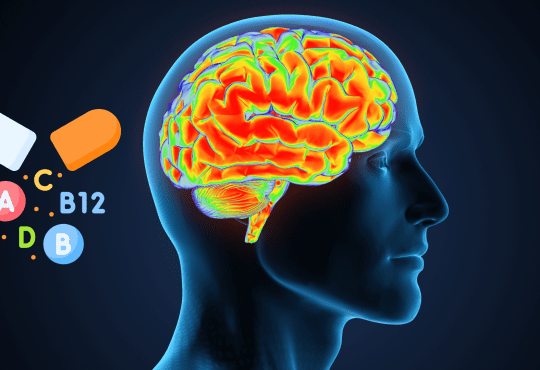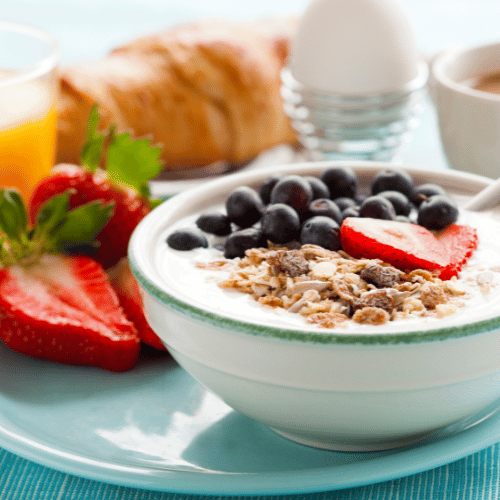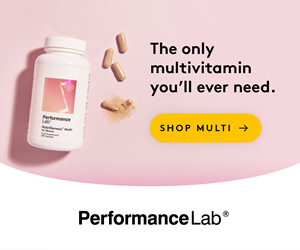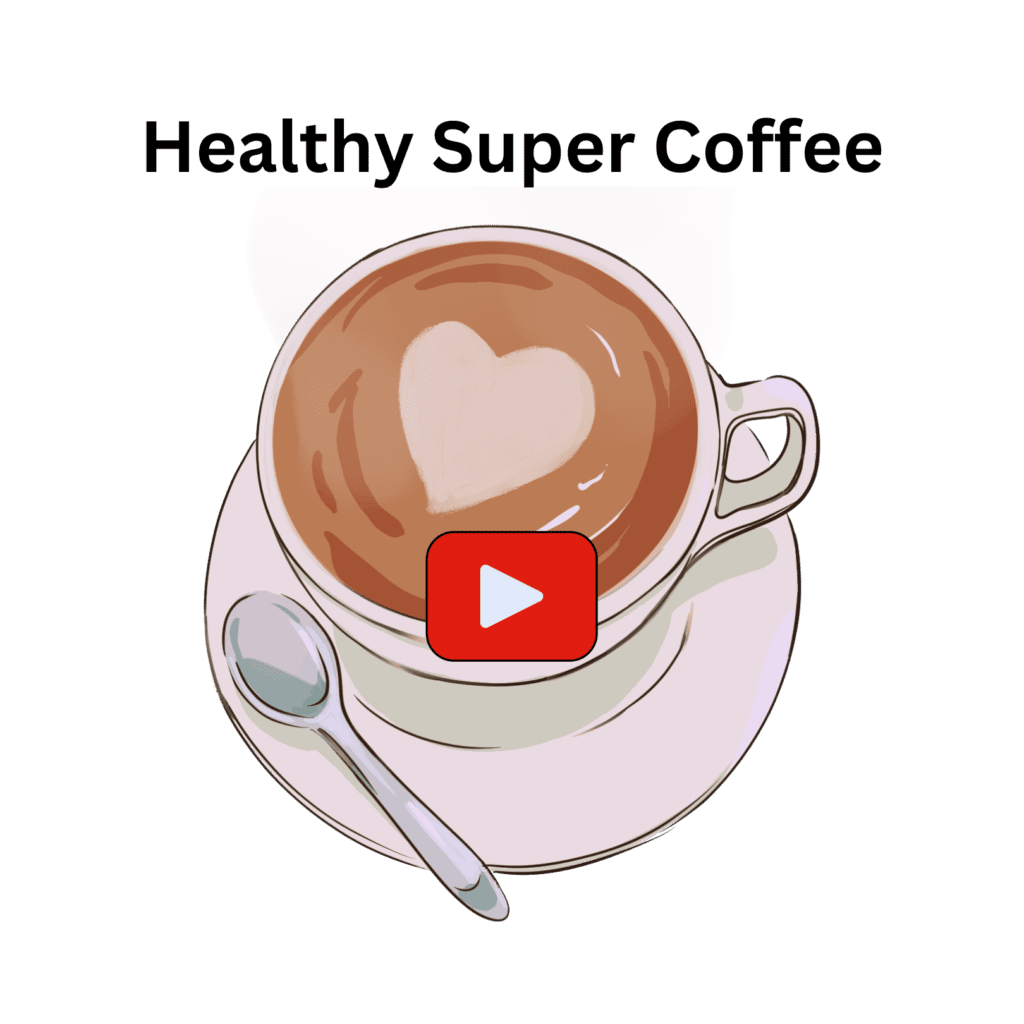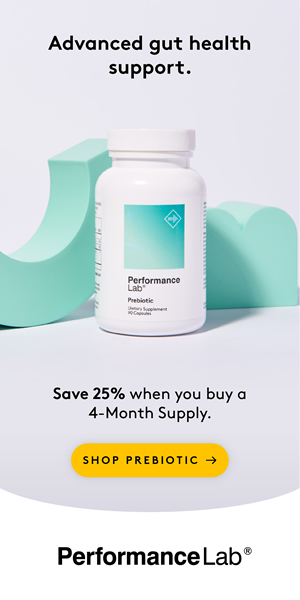
6 Most Harmful Foods That People Keep Eating
In today’s fast-paced world, convenience often trumps quality when it comes to food choices.
However, it’s crucial to be aware of what we’re putting into our bodies.
While some foods might be tempting because of their taste or ease of preparation, they can have long-term negative effects on our health.
Just a little note before we start, while opinions on “harmful” foods can vary based on individual needs, regional differences, and evolving research, the following list encompasses some of the commonly cited foods that are considered harmful when consumed in excess or as a regular part of one’s diet.
Now, let’s take a deep dive into the 6 most harmful foods that, despite the warnings, many of us still find hard to resist.
Buckle up, because some of these might surprise you!
Coming in at number 6, we have Processed Meats.
Now, I know many of us have a soft spot for that crispy bacon in the morning, or those sausages at the BBQ, and I mean, hot dogs at a game? Classic!
But, let’s pull back the curtain and see what’s really going on with these foods.
Processed meats, while delicious, come with a baggage.
Firstly, they often contain preservatives, which are chemicals added to make them last longer on store shelves.
While these preservatives can prevent the growth of harmful bacteria, they might not be the best for our body in the long run.
Some of these, like nitrates and nitrites, have been linked to various health concerns when consumed in large amounts.
Then there’s the sodium.
Now, salt isn’t inherently bad, but processed meats are often loaded with it.
Too much sodium can raise your blood pressure, which might increase the risk of heart disease over time.
Our bodies do need some salt, but the amounts in these foods can easily push us over the recommended daily intake.
And let’s not forget about saturated fats.
These types of fats, when consumed excessively, can increase levels of “bad” LDL cholesterol in our blood.
High LDL cholesterol is a known risk factor for heart disease.
Multiple studies have suggested a link between regular consumption of processed meats and a higher risk of certain diseases.
For example, the World Health Organization has classified processed meats as Group 1 carcinogens, which means there’s enough evidence to conclude they can cause cancer, especially colorectal cancer.
Now, I’m not saying you should never eat processed meats again.
But, being aware of these concerns and moderating our intake can be a step towards better health.
Perhaps trying alternatives, like lean meats or plant-based options, could be a fun culinary adventure and a healthier choice!
Next on our countdown is number 5. Sugary Drinks: Let’s unpack this a bit.
Think of that ice-cold soda on a hot day, or that energy drink when the afternoon slump hits, or even that sweet tea during a BBQ.
Refreshing, right? Well, while they might quench your thirst momentarily, they’re serving up a lot more than just refreshment.
For starters, many of these beverages are absolutely swimming in sugars.
Some cans of soda can contain more sugar than you should be having in an entire day.
Imagine that, your daily sugar quota, just from one drink!
Now, what’s the big deal about sugar?
Here’s the lowdown: Our bodies do need sugar, but only in small amounts.
When we overdose on sugary drinks, our body takes in more calories than it can use up.
And any guesses where these extra calories end up?
You got it – they’re stored as fat.
This is why regularly guzzling these beverages can be a fast track to weight gain.
But there’s more.
Excessive sugar intake doesn’t just stop at obesity. It plays a significant role in the development of type 2 diabetes.
The surge of sugar in the bloodstream can cause insulin resistance, where our cells stop responding to insulin, the hormone responsible for regulating blood sugar.
Over time, this can evolve into diabetes.
And let’s not forget our teeth.
Sugars provide a delightful feast for harmful bacteria in our mouth.
This bacterial buffet produces acids that attack tooth enamel, leading to cavities.
So, each sip of that sweet drink could be a step closer to a dentist’s appointment.
Of course, every once in a while, indulging is fine, but moderation is key.
And the good news? There are plenty of delicious alternatives out there!
Think unsweetened teas, water infused with fruits, or even just plain old water.
Hydrating, refreshing, and no sugar crash in sight!
Alright, hold onto your snack bowls because number 4 on our list might just be lurking in your pantry. Introducing the notorious: Trans Fats.
Let’s dive deep into why they’ve made our countdown.
Now, fats in general aren’t the enemy. In fact, our bodies need certain fats to function properly.
But trans fats? They’re the black sheep of the fat family.
But where do you find them?
Often, they’re in the tastiest of guilty pleasures: fried foods, certain bakery items, and many of those processed snack products that are just too hard to resist after a long day.
But here’s the kicker: While they might make foods taste richer or extend their shelf life, they come with a heavy cost to our health.
One of the most concerning things about trans fats is their ability to raise our bad cholesterol levels.
And while doing that, they’re also lowering good cholesterol. A double whammy!
Why does this matter?
Well, high levels of bad cholesterol in our blood can lead to a buildup of fatty deposits in our arteries.
Over time, this can narrow the arteries and restrict blood flow.
And if a piece of this deposit breaks off or causes a rupture, it could lead to a heart attack or stroke.
But wait, it doesn’t stop there.
Trans fats have also been associated with an increased risk of developing type 2 diabetes.
And let’s not even get started on their potential role in weight gain and obesity.
Now, here’s some good news.
Due to growing awareness of their negative health impacts, many manufacturers have reduced or eliminated trans fats from their products.
But it’s still crucial to read labels.
Watch out for terms like “partially hydrogenated oils,” which is just a fancy term for trans fats.
Bottom line?
While they might add flavor and texture to our favorite treats, the health risks they pose aren’t worth the taste.
As always, balance is key.
And with so many alternatives and healthier cooking methods available today, there’s no reason we can’t enjoy our food without the baggage of trans fats.
Now, we’re getting to the top three culprits, and this one might just be sitting on your kitchen counter.
At number 3, we have the ever-popular: White Bread.
It’s fluffy, it’s soft, and it’s a staple in many households.
But why does it rank so high on our watchlist? Let’s break it down.
When we talk about white bread, we’re usually referring to bread made from refined wheat.
The refining process is where things start to go south.
You see, whole grains are composed of three parts: the bran, germ, and endosperm.
Now, in the case of white bread, the bran and germ are stripped away during refining.
While this might give the bread its soft texture and longer shelf life, it also removes most of the fiber, vitamins, and other essential nutrients.
And without that fiber, your body processes white bread almost like…well, sugar!
This means that after that delightful sandwich or morning toast, your blood sugar levels could spike rapidly.
And frequent spikes in blood sugar can strain the pancreas and make the body more insulin resistant over time, paving the way for type 2 diabetes.
But that’s not all.
Have you ever noticed that after eating white bread, you get hungry again pretty quickly?
That’s partly because of its high glycemic index, which means it can cause those quick rises and falls in blood sugar, leading to hunger pangs not long after eating.
Now, I’m not saying you should banish white bread forever.
I mean, who can resist the occasional grilled cheese sandwich or buttery toast?
But there are so many alternatives out there now!
Whole grain bread, for instance, retains all the good parts of the grain, offering more fiber, vitamins, and minerals.
And for those who are gluten-sensitive, there are many gluten-free options available as well.
Remember, it’s all about informed choices.
Next time you’re in the bread aisle, maybe give that whole grain or seeded loaf a try.
Alright, folks, we’re nearing the top of our list and trust me, you’ll want to stay tuned for our final picks.
But before we dive into the top 2, a quick shout-out to all of you joining us on this journey.
Alright, are you ready for our next reveal?
Let’s get into it!
Securing the number 2 spot on our list is High-Fructose Corn Syrup, often abbreviated as HFCS.
It’s omnipresent in a plethora of products on our supermarket shelves, from soft drinks and candies to seemingly innocuous items like salad dressings and bread.
But why exactly is this sweetener ringing alarm bells in the health community?
For starters, HFCS isn’t metabolized in the body the same way that traditional sugar is.
Whereas other sugars are broken down in various parts of the body, HFCS is primarily processed in the liver, where it can be quickly converted into fat.
This can pave the way for conditions such as non-alcoholic fatty liver disease.
Now, let’s bring some science into the mix.
A study published in the American Journal of Clinical Nutrition found that beverages sweetened with HFCS led to greater increases in abdominal fat and triglycerides compared to beverages sweetened with glucose.
This suggests that HFCS may be more detrimental to our heart health.
Further amplifying the worries, research from the Journal of the Academy of Nutrition and Dietetics highlighted that HFCS consumption was linked with an increased risk of type 2 diabetes, particularly in women.
This relationship persisted even after adjusting for other dietary and lifestyle factors.
Moreover, HFCS’s role in the obesity epidemic cannot be overlooked.
A comprehensive review in the journal Obesity Reviews explored the association between HFCS and weight gain.
The findings indicated that HFCS might contribute to obesity due to its effects on metabolism and appetite regulation.
Given this barrage of concerns backed by scientific literature, it’s evident why HFCS has gained such notoriety in health discussions.
The takeaway? It’s worth being a more vigilant consumer.
Next time you’re shopping, scrutinizing those ingredients lists could be more important than you think.
Claiming the top spot on our list is a category that might come as a surprise to many: Diet and Low-Fat Foods.
You’d think, given their names, that these products would be your allies in the quest for health.
Yet, the reality is a bit more complicated.
First and foremost, when manufacturers remove fat from food, they often need to add something back to make up for the loss of taste and texture.
Sadly, what’s added back isn’t always in our best interest.
More often than not, fats are replaced with sugars, artificial sweeteners, and various chemical additives.
This can sometimes turn a seemingly ‘healthy’ food option into a sugary disaster in disguise.
For instance, a study in the Journal of Marketing Research found that people tend to eat more of a product when it’s labeled as “low-fat” because they perceive it as less calorically dense.
This misperception can lead to overconsumption, making us ingest more calories and sugar than we realize.
Another point of contention is artificial sweeteners.
While they are calorie-free, their effects on our health are a subject of ongoing debate.
Research from the Yale Journal of Biology and Medicine has suggested that these sweeteners can disrupt the body’s ability to regulate calorie intake, potentially leading to increased appetite and, in the long run, weight gain.
Furthermore, a review published in the Current Gastroenterology Reports pointed out that the consumption of artificial sweeteners might have negative effects on metabolism, gut bacteria, and appetite.
In essence, while ‘diet’ and ‘low-fat’ labels might sound like a healthier choice, they can sometimes be wolves in sheep’s clothing.
It serves as a poignant reminder that marketing can be deceiving, and reading the ingredients list is crucial to truly understand what you’re consuming.
And there you have it, 6 Most Harmful Foods That People Keep Eating.
It’s clear that we must look beyond the front label when making food choices.
From processed meats to misleading ‘diet’ products, being informed is key to making healthier decisions.
It’s not just about counting calories; it’s about understanding the quality and source of those calories.
Always prioritize whole and natural foods when possible, and stay educated about what you put into your body.
Thanks for tuning in, and let’s journey towards better health together!
